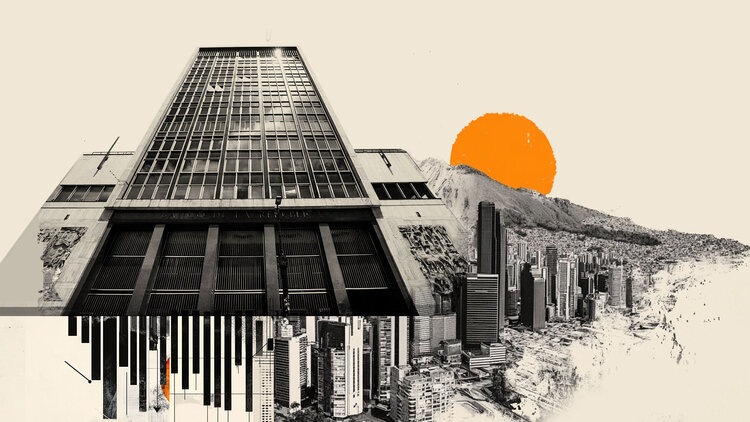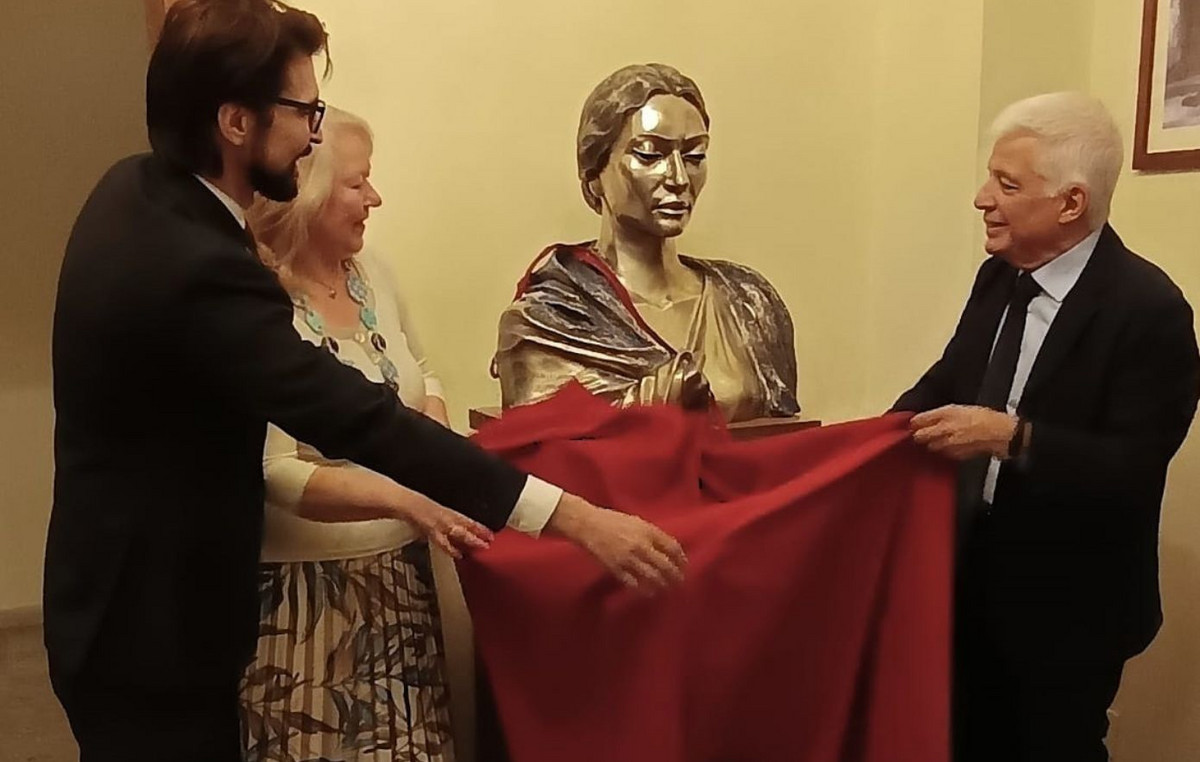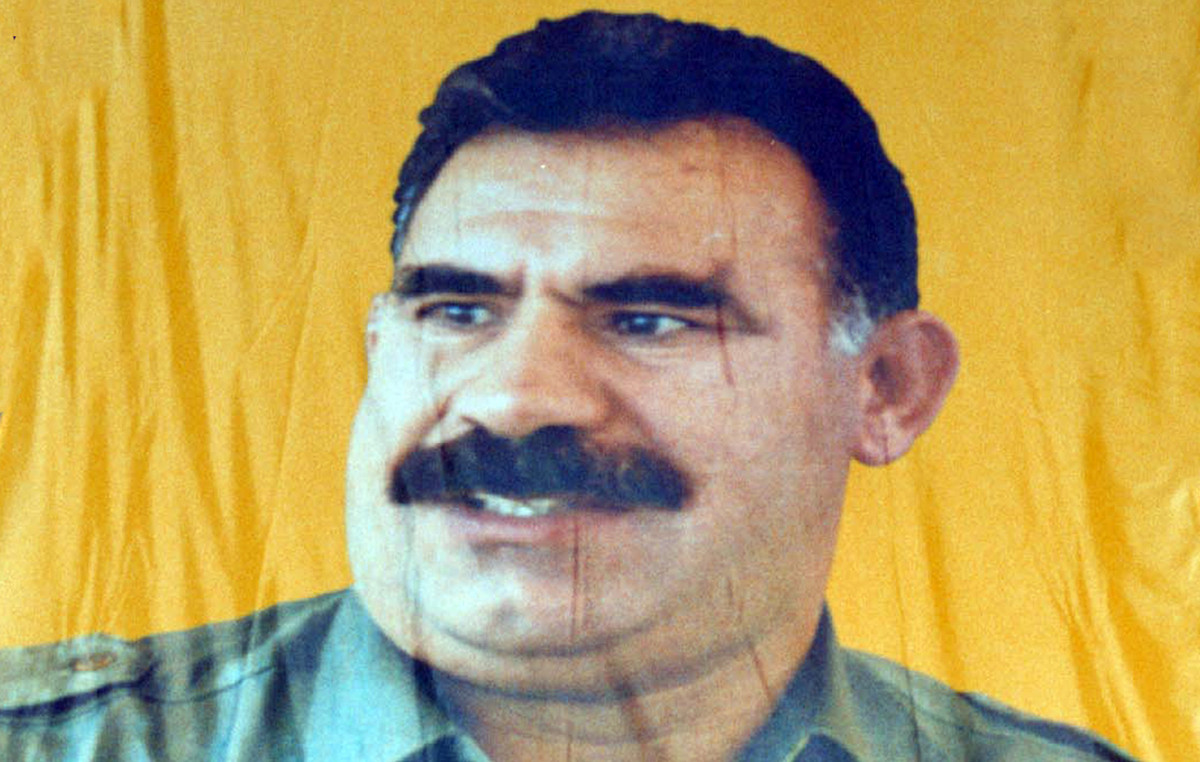The Brazilian Institute of Geography and Statistics (IBGE) released this Wednesday (28) data from the 2022 Demographic Census. The Brazilian population exceeded 200 million people, and São Paulo remains the most populous state. Roraima has the lowest number of residents.
According to the IBGE, 44,420,459 people live in the state of SP, with Minas Gerais (20,538,718 people) and Rio de Janeiro (16,054,524 people) closing the “top 3”.
Roraima (636,303 people), Amapá (733,508 people) and Acre (830,026 people) are the federal units with the fewest residents, also being the only ones not to exceed the mark of 1 million residents.
See the ranking of resident population in Brazilian federative units:
- São Paulo: 44,420,459 people (21.88% of the country’s total);
- Minas Gerais: 20,538,718 people (10.11%);
- Rio de Janeiro: 16,054,524 people (7.91%);
- Bahia: 14,136,417 people (6.96%);
- Paraná: 11,443,208 people (5.64%);
- Rio Grande do Sul: 10,880,506 people (5.36%);
- Pernambuco: 9,058,155 people (4.46%);
- Ceará: 8,791,688 people (4.33%);
- For: 8,116,132 people (4%);
- Santa Catarina: 7,609,601 people (3.75%);
- Goiás: 7,055,228 people (3.47%);
- Maranhao: 6,775,152 people (3.34%);
- Paraíba: 3,974,495 people (1.96%);
- amazon: 3,941,175 people (1.94%);
- Holy Spirit: 3,833,486 people (1.89%);
- Mato Grosso: 3,658,813 people (1.8%);
- Large northern river: 3,302,406 people (1.63%);
- Piauí: 3,269,200 people (1.61%);
- Alagoas: 3,127,511 people (1.54%);
- Federal District: 2,817,068 people (1.39%);
- Mato Grosso do Sul: 2,756,700 people (1.36%);
- Sergipe: 2,209,558 people (1.09%);
- Rondônia: 1,581,016 people (0.78%);
- Tocantins: 1,511,459 people (0.74%);
- Acre: 830,026 people (0.41%);
- Amapá: 733,508 people (0.36%);
- Roraima: 636,303 people (0.31%)
See the ranking of the resident population in the Brazilian regions (descending order):
- Southeast: 84,847,187 people (41.8% of the country’s total);
- North East: 54,644,582 people (26.9%);
- South: 29,933,315 people (14.7%);
- North: 17,349,619 people (8.5%);
- Midwest: 16,287,809 people (8.0%)
2022 Census
The 2022 Census is the 13th operation of its kind carried out in Brazilian territory, according to the Brazilian Institute of Geography and Statistics (IBGE).
By law, censuses are carried out no more than 10 years apart. However, due to the Covid-19 pandemic, the collection of information and formulation of results was postponed in 2020.
In 2021, according to the institute, the survey was also not carried out due to the “deep budget cut”, and was finally applied in 2022.
IBGE census takers visited 106.8 million addresses and 90.7 million households in 2022.
62,388,143 “basic” questionnaires were applied, with 26 questions and an average time of 6 minutes; and 7,772,064 “extended” questionnaires, with 77 questions and an average time of 16 minutes.
In all, 68,659,405 interviews were conducted in person; 362,563 questionnaires were completed online; and 412,725 interviews were conducted by telephone.
The institute points out that data acquired through censuses are used, for example, in social and economic planning in the country.
Source: CNN Brasil
I’m James Harper, a highly experienced and accomplished news writer for World Stock Market. I have been writing in the Politics section of the website for over five years, providing readers with up-to-date and insightful information about current events in politics. My work is widely read and respected by many industry professionals as well as laymen.







